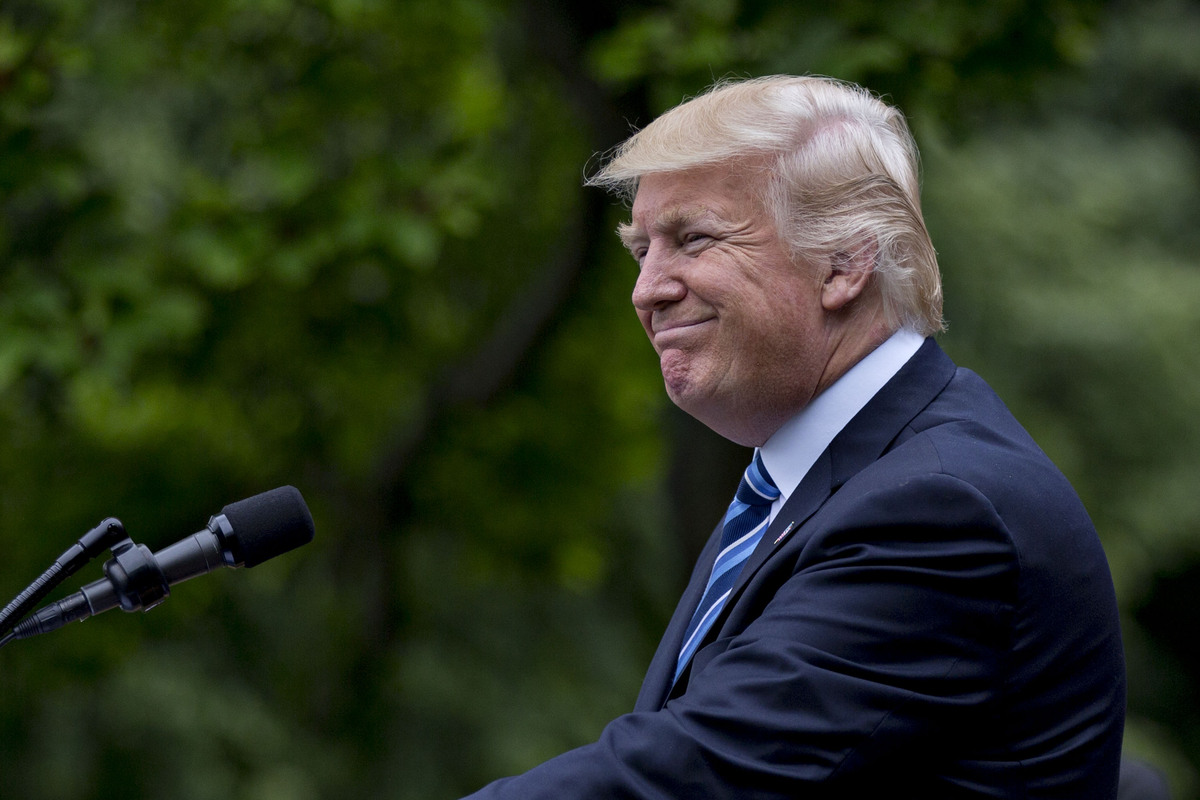In what amounted to an end run around Congress, President Trump signed a series of executive memorandums and an executive order on Aug. 8, 2020, to address issues left unresolved by the congressional failure to agree on additional bipartisan stimulus legislation.
“It’s actually a memorandum rather than an executive order,” observed Mark Luscombe, CPA, principal federal tax analyst for Wolters Kluwer Tax Accounting. “The difference is not legally significant. An executive order gets published in the Congressional Record.”
While three of the executive actions are not tax-related — addressing enhanced unemployment payment, eviction moratoriums, and student loan relief — the fourth defers payroll taxes from Sept. 1, 2020 to Dec. 31, 2020. “There were three presidential memoranda and one executive order,” said Luscombe. “The order was the one relating to evictions.”
“The president has been pushing for forgiveness of payroll tax for some time, but neither Republicans nor Democrats were in favor of it because it doesn’t provide much immediate help, just a gradual benefit over time. They would prefer a stimulus with more of an immediate benefit, but Trump went with a payroll tax deferral because that’s all he felt he could do with executive action without congressional involvement.”
“The administration felt it only had the power to issue a deferral, not a forgiveness,” Luscombe said. “The memorandum only applies to the 6.2 percent employee’s share of Social Security taxes. It does not apply to the 1.45 percent employee’s share of Medicare taxes.”
In addition, the memorandum only applies to biweekly income under $4,000 or less, which translates to annual income of $104,000, he said: “Some commentators have pointed out that if your salary is variable, you could end up being eligible even if your income for the year ends up being higher than $104,000.”
Since the memorandum constitutes just a deferral, will someone have to pay the piper come January?
“It’s likely that this would have to start to be repaid in January,” Luscome said. “The Treasury is expected to issue guidance on how the deferral will work and address several uncertainties. A lot of employers are waiting for the guidance to be issued.”
“Many employers are concerned about implementation because it’s just a deferral,” he said. “There could be a double withdrawal from employees’ paychecks in 2021. That would be a burden on employees if Congress doesn’t get around to enacting forgiveness.”
It’s not currently clear if employers will start deferral immediately, according to Luscombe. “Most employers think the executive memorandum is optional, not mandatory,” he said.
“Some employers are worried that employees are not prepared for a future reduction in their paychecks,” he said. “They’re also concerned about getting their systems revised to take care of withholding. And if employees leave between now and the end of the year, will the employer be required to recoup the money out of their own pockets if they can’t get it from the employees starting in January?”
The “Memorandum on Deferring Payroll Tax Obligations in Light of the Ongoing COVID-19 Disaster” directs the secretary of the Treasury to “explore avenues, including legislation, to eliminate the obligation to pay the taxes deferred pursuant to the implementation of this memorandum.”
“Most people think the direction on forgiveness can only be accomplished by congressional action,” said Luscombe. “It’s likely we will get guidance from the Treasury pretty quickly because of the September 1 start date.”